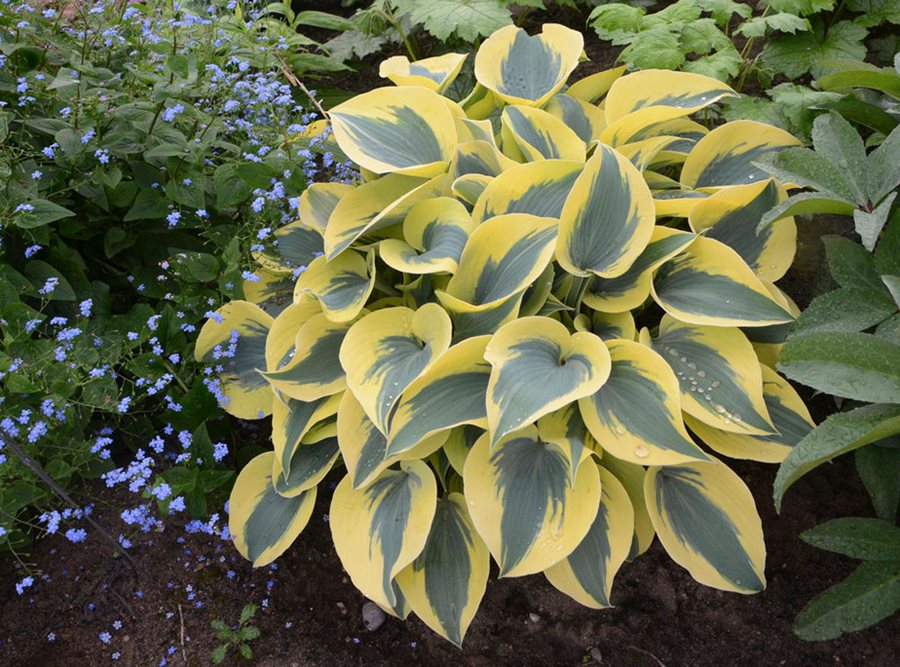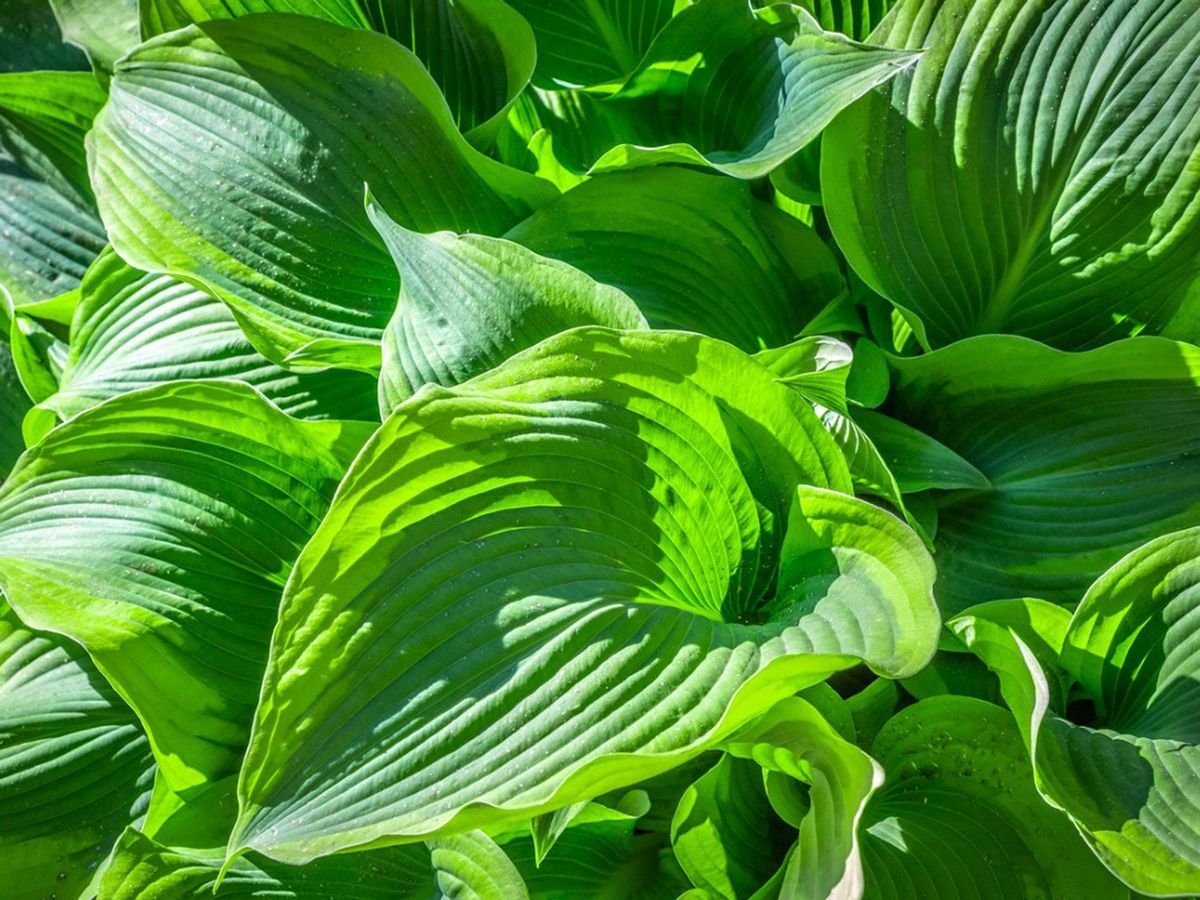Hostas Sun or Shade Plants: Practical Tips to Help Your Garden Thrive

Standing in my own backyard one muggy July morning, I remember realizing that “hostas are shade plants” was only part of the story. Gardeners love simple labels, but the psychology behind where and why hostas thrive is a bit like understanding individual personalities rather than following a chart.

Why Hostas Hate (and Sometimes Love) Sun: A Psychological Angle
Plants don’t just grow—they respond. Hostas, with their languid leaves and dramatic sizes, have an internal logic shaped by centuries under forest canopies. Imagine trying to plan your day in a room with giant blinds that occasionally slam open without warning; hostas “read” these light shifts instinctively.
Here’s the twist: many gardeners (my earlier self included) treat plant tags as hard boundaries (“full sun/part shade”), then become frustrated when results fail to match expectations. The real breakthrough comes when you understand why those boundaries exist—not merely what they are.
Morning Sun, Afternoon Shade—The Hosta Comfort Zone
Early daylight is lower in UV and cooler—think of it as gentle encouragement rather than full interrogation under harsh lights. Psychologically, plants bank on predictability. Hostas “know” morning light signals safe growing conditions—they unfold leaves confidently, absorb energy, deepen colors. But introduce them to searing afternoon sun? It’s panic mode: edges desiccate, leaf cells shut down defensively (showing up as brown rims). This isn’t just physical stress—it’s a disruption of their evolutionary trust in dappled woodland security.
The Subtle Art of Dappled Light
This Sunday at 3 p.m., stand beneath a mature maple. You’ll see dapples—seams of sunlight moving gently across shaded soil. To hostas, this is ideal: it triggers growth hormones while preventing sensory overload from constant brightness.
There’s even research out of Oregon State (2019) suggesting hosta varieties grown under consistent but shifting shadow produced broader leaves compared with any direct-light scenario—even if direct sun lasted only two hours per day. I’ve witnessed beds backed against north-facing fences flush out voluptuous clumps year after year thanks to just this kind of subtle lighting dance.
The Psychological Toll of Too Much or Too Little
Plants signal distress early—if you know what to look for:
- In too-bright settings: Leaves develop a papery crunch along their tips.
- Deep shade? Colors wash out; stems stretch anxiously toward any brightness—a phenomenon called phototropism, almost like reaching blindly toward hope.
It’s easy to misinterpret these symptoms as dietary issues or watering mistakes. Reality check: hostas are more sensitive to environmental context—their psychological “comfort”—than most things you’ll grow outside tomatoes and azaleas.
Case Studies From Real Life
My Failed ‘Full Sun’ Experiment
Back in 2017, convinced by tales of sun-tolerant cultivars, I planted ‘Sum and Substance’ directly into an unshaded southern bed. By July 10th every year since planting, the once-glossy chartreuse had faded pale yellow and holes burned through mid-leaf like dropped cigarette ash. But—crucially—the same variety placed behind my shed (where it woke up to slivers of east light until noon) has become a statement plant guests actually stop to touch. Lesson learned: even “tough” hosts crave shelter more than bravado.
The Patio Trick
A neighbor tried patio buckets along his east-facing wall using nothing but dappled morning sun plus reflected late-day heat bouncing off bricks. Result? Stunted growth the first season—until he added airy zebra grass behind each pot for high-noon relief. By year two, his mini-jungle looked lush enough for birds to nest—again proving adaptation beats stubborn adherence to nursery tags.
Diagnosing Problems Like a Pro
Hosta struggles aren’t moral failures—they’re clues pointing toward unmet needs:
- If leaves resemble potato chips: Immediate shelter adjustment pays off faster than fertilizer.
- If clumps limp along despite perfect watering: Open up some sky—and prune away overhead heaviness until you see patterns dance on the ground during midday.
- Battle scars from critters: Slugs attack hardest where stress weakens resistance; in my yard last April, eggshell barriers solved more problems than store-bought pellets ever did.
Tool and Tactic Run-Down
I swear by:
- Old-school weathered garden mirrors—to bounce morning rays into deeper shadows
- $15 digital lux meter (mine’s Dr.meter LX1330B)—to measure hours above 1500 lux
- Temporary shade cloths during first-year adjustment periods (costs less than $10 at big box stores)
And yes—the unexpected hero?
A faded beach umbrella from last summer thrown up over my most vulnerable new arrivals until roots settle in June warmth.
If You Take Only One Step Today…
Forget dogma about “shade plants.” Instead:
- Watch your chosen site at three times: mid-morning (is light soft or sharp?), noon (does it burn?), late afternoon.
- Move your hand across the soil—if patterns twist and change rather than burn hot on skin or feel dark as dusk, you’re likely in the goldilocks zone for hostas.
- Don’t be afraid to shift things around after planting—I relocate early every spring without guilt or hesitation now.
- Grow supporting shade—for long-term design flexibility—with tall ferns or clump-forming switchgrass nearby.
- Remember: resilience is built on micro-adjustments, not perfection.
Your hosta patch isn’t just about surviving; it’s about helping plants trust their environment enough to unfold fully—a lesson worth applying far beyond the garden fence line.
That psychological insight—that comfort breeds vitality—transforms average beds into havens both for foliage… and for those who tend it.



